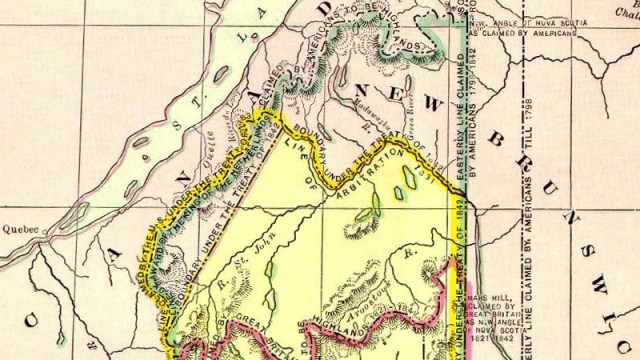107 – Asia From Irkutsk
n
How delicious is this: obviously a sister-map to the one in posting #103 (‘EuropeFrom Moscow’), but this time applying an unusual perspective to the Cold War situation in Asia in the early nineteen fifties. The map, found here at the University of San Diego and originally published in Time Magazine in 1952, visualises the communist threat as it existed at that time.
n
To contemporary anti-communists, it must have seemed like an unstoppable wave poring over the continent, a feeling exacerbated by the perspective of this map. Russia obviously already was communist before the World War, as was Mongolia (a Russian vassal since 1911 and a communist one since 1924).
n
With the victory of Mao Zedong’s Chinese communists, the ‘red’ wave reached parts of the old Chinese Empire that had more or less escaped its grasp. Formerly independent or autonomous areas such as Tibet, Sinkiang and Manchuria are marked separately, but also in the Chinese tint of communist red – underlining the expansionist threat of Chinese communism. Red-shaded areas bordering China but outside of the country itself are North Korea and part of what was to become North Vietnam, clearly stressing China’s influence.
n
The swathe of land separating communist-held territory in Tibet from the Indian Ocean seems precariously thin, thereby threatening to landlock a large part of non-communist Asia – a threat only contained by the height of the Himalaya mountains.
n
As the previous one was centred on Moscow, this map is centred on Irkutsk, a large Soviet city close to China, as if to indicate that this was the ‘nerve centre’ of communist expansion in Asia. I have no idea of how realistic such a notion would have been, but at that time, Soviets and Chinese were still on the same page.
n
Soon afterwards, ideological and other differences caused a rupture between China and the Soviet Union, providing some relief to the other side in the Cold War. But not much: communist expansion in Korea and South-East Asia (and the military reaction to it, at least half successful in Korea but eventually a total failure in Vietnam) dominated world politics for decades to come, and proved extremely costly in lives lost on both sides.
n






